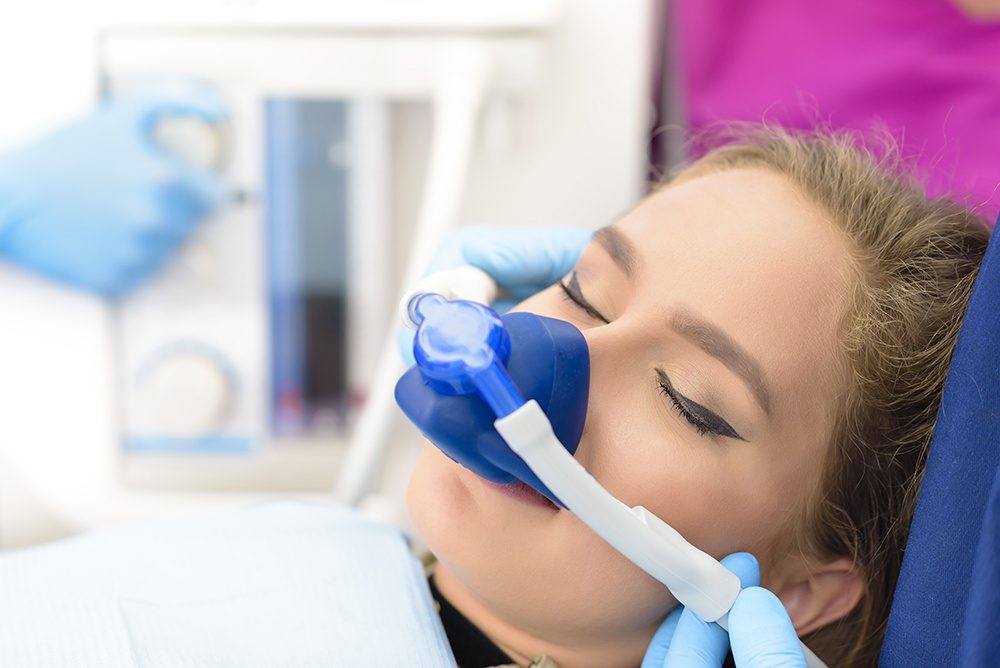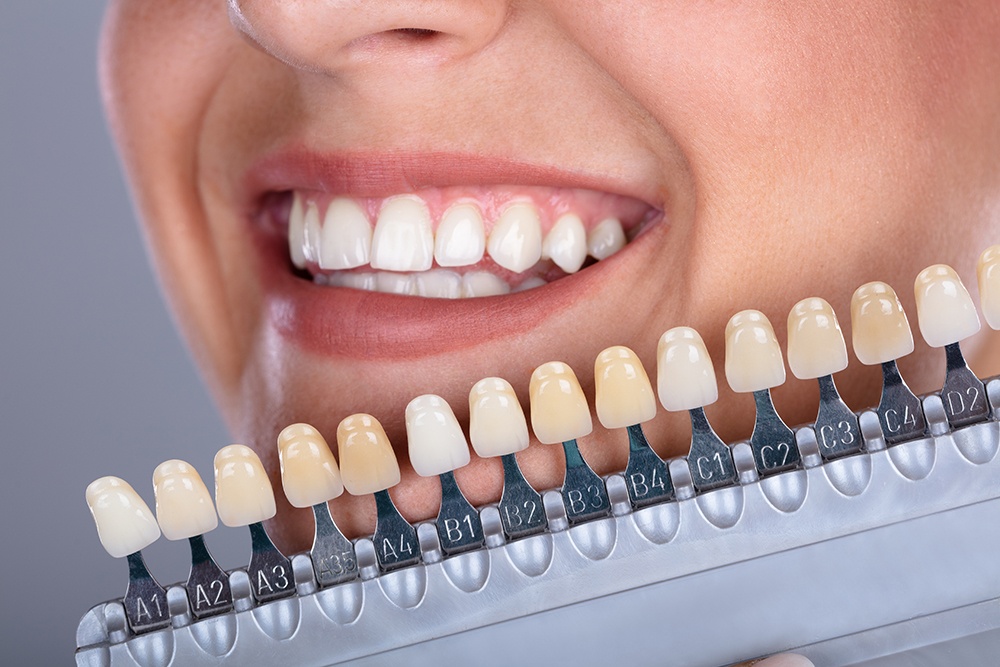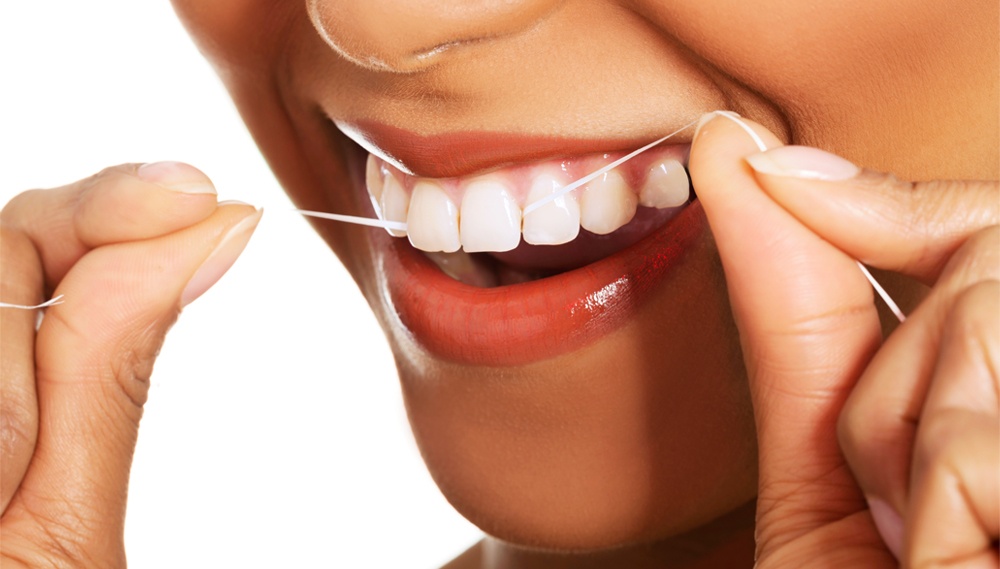Sedation is recommended for availing pain-free treatment. It is meant for patients of all ages, especially children to help them get rid of dental fear. The procedure uses a combination of techniques, right from nitrous oxide to general anesthesia to relax patients. The treatment is performed with mild and moderate sedation.
Mild Sedation: It helps patients with mild anxiety and relax during a long dental procedure and complex situations. It can be administered via nitrous oxide (laughing gas). The patient remains awake but relaxed and sleepy throughout the entire process.
Moderate Sedation: It is helpful for patients with moderate to high level of dental anxiety. It is administered by swallowing a pill or by using intravenous sedation.
Is Dental Sedation Safe?
Safety is the first concern that pops whenever the topic of dental sedation is addressed. Risk is involved when dental anesthesia is given, however, the process is safe and sound. People with sleep apnea disorder may be at risk of complication. You must provide your dentist with past medical history. On the other hand, children are offered oral sedation.
One of the major benefits of sedation dentistry is that people feel that the treatment time is less, however, it takes around 1-2 hours. The procedure keeps you awake throughout but you will feel relaxed.
There is nothing that involves risk with sedation dentistry. If administered by experienced dentists, it is relatively safe. There is no need to be nervous about sedation dentistry at our practice. Patients often recover and the treatment is completely safe. Depending on your requirement, you may be sedated for a long or short duration. When the procedure is completed, you’ll have little or no memory of what was accomplished. The procedure has been quite helpful to relieve anxiety and increase comfort while we fill in your teeth, place the crown, restore gums, whiten stained teeth or fix a chipped tooth.
The treatment is performed in the most comfortable environment. Our experts will continually monitor you to see if everything is fine. For patients who are anxious, the treatment turns out to be a miracle. It is as simple as taking a pill for many patients.
Since years, we have been serving patients with dental phobia or anxiety. Whatever the reason is and how simple or complex the procedure is, we make dental sedation available fairly healthy.
Book an appointment with us today to experience the benefits of sedation dentistry.
Book Appointment to find out which treatment might be best for you.



